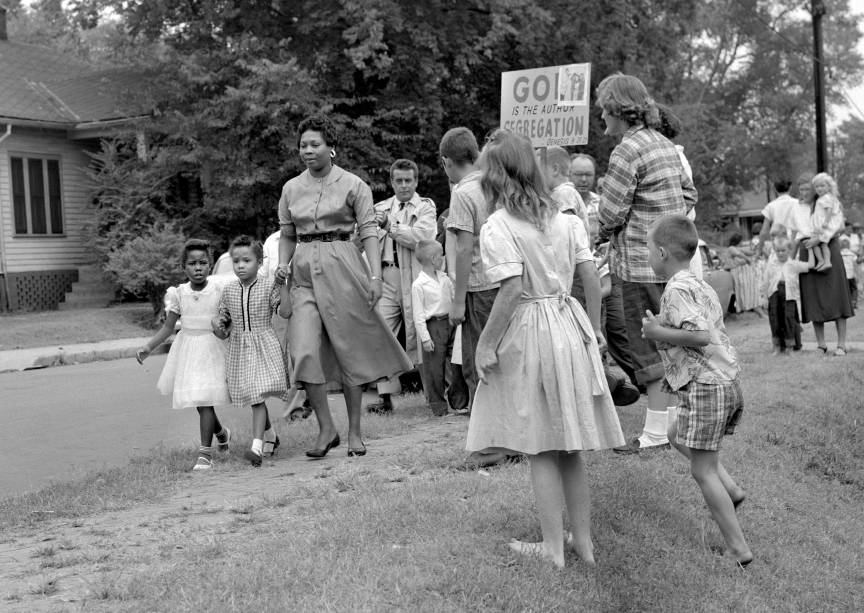Kelley V. Board of Education was a lawsuit filed in 1955 by several Black families to desegregate Nashville public schools. Zephaniah Alexander Looby, a prominent Nashville Black attorney, joined Thurgood Marshall, Director of the National Association for the Advancement of Colored People (NAACP) Legal and Educational Fund, to file suit against Nashville public schools in federal district court to bring the city into compliance with Brown v. Board of Education. This was one of the first desegregation challenges in the nation following the 1954 Supreme Court decision. Alfred Z. Kelley, a Nashville barber, was the lead plaintiff in the case.
On September 23, 1955, attorneys Looby, Marshall, and Avon Williams Jr. filed suit on behalf of twenty-one Black children, including Kelly’s son Robert Kelley, who wanted to attend the East Junior High School rather than go across town to the all-Black Pearl High School. After being turned away from East Junior High School because of his race, Robert Kelley agreed to become the case’s lead plaintiff, known as Robert W. Kelley et al. v. Board of Education. Kelly Miller Smith Sr, pastor of First Colored Baptist Church (Now First Baptist Church, Capitol Hill), was also one of the parents who took part in the case. The lawsuit challenged the Nashville Board of Education for failing to implement the 1954 Brown v. Board of Education ruling.
Two years later, Federal Judge William E. Miller decided in favor of the plaintiffs and ordered the Nashville School Board to submit a desegregation plan to the court by January 1957. In the spring of 1957, the court accepted the school board’s plan to desegregate the first grade in the fall of 1957. On September 9, 1957, nineteen Black children, all of them six years old, including Smith’s first-grade daughter Joy, were slated to desegregate seven all-White Nashville Elementary schools: Buena Vista, Jones, Fehr, Bailey, Glenn, Emma Clemons, and Hattie Cotton. Three students could not attend the first school day because of improper transfer papers. The remaining sixteen students integrated into the elementary schools that day. Some of the students experienced violence as they were harassed by angry White segregationists who threw rocks and bottles at them.
The next day, a bomb exploded at Hattie Cotton Elementary School in the early morning hours. The bomb destroyed half the school, although no one was hurt. In response, Reverend Smith and Reverend Will Campbell led a community meeting immediately after the bombing, urging the parents to continue their desegregation efforts. Hattie Cotton reopened nine days later. Following an investigation, John Kasper, a White segregationist, was arrested for the bombing. In December 1957, the Parents’ Preference plan was introduced by the Nashville School Board, which allowed Black students to attend other White schools in the city. The plan was adopted on June 18, 1958.
Do you find this information helpful? A small donation would help us keep this available to all. Forego a bottle of soda and donate its cost to us for the information you just learned, and feel good about helping to make it available to everyone.
BlackPast.org is a 501(c)(3) non-profit and our EIN is 26-1625373. Your donation is fully tax-deductible.
Sources: “Kelley v. Board of Education,” Tennessee Encyclopedia, https://tennesseeencyclopedia.net/entries/kelly-v-board-of-education/; “Kelley v. Board of Education,” Tennessee State University,https://www.tnstate.edu/library/documents/KellyvBdofEduc.pdf ; “Kelley v. Board of Education, Justina Us Law,https://law.justia.com/cases/federal/district-courts/FSupp/159/272/2343902/.
Your support is crucial to our mission.
Donate today to help us advance Black history education and foster a more inclusive understanding of our shared cultural heritage.

